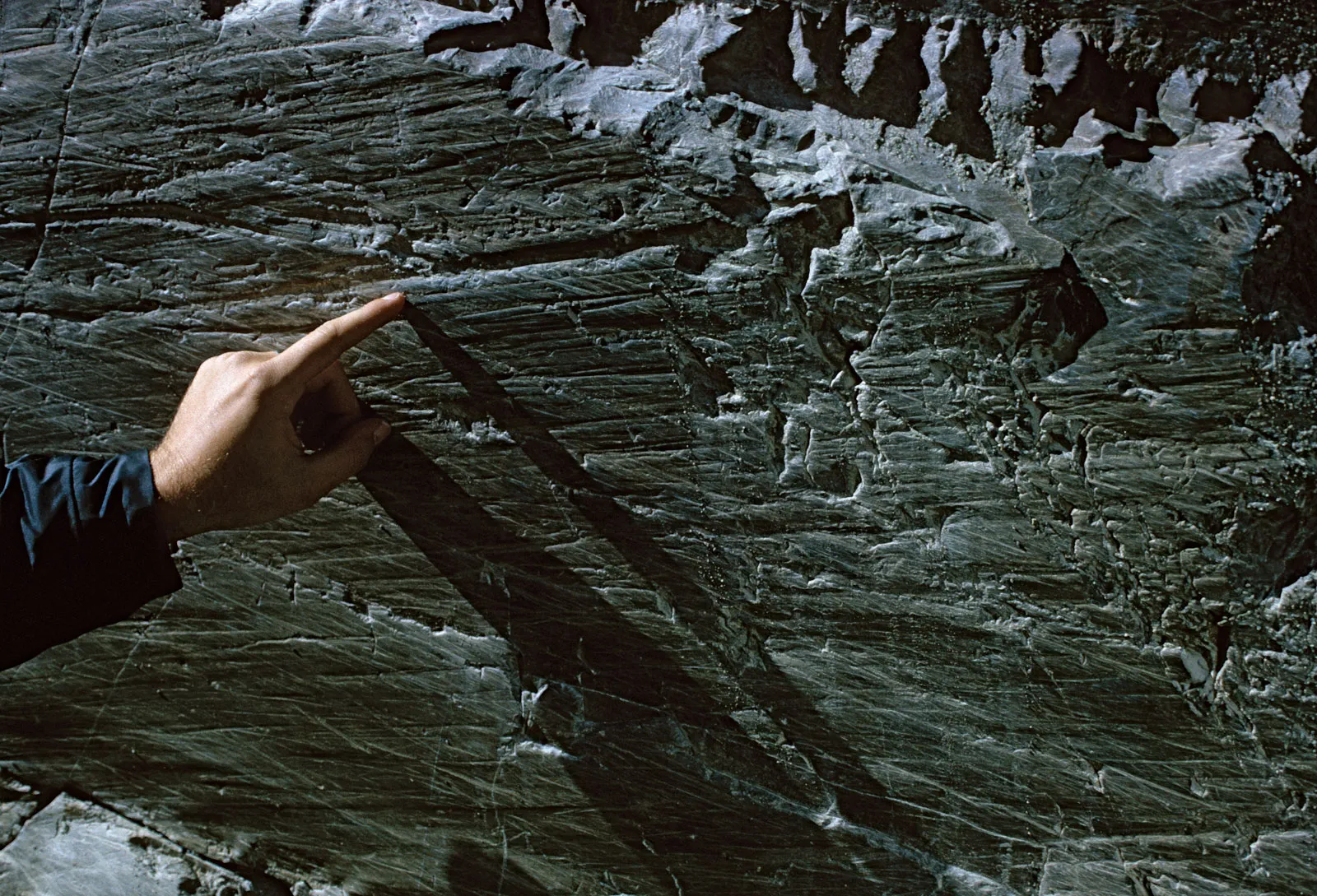In an era where innovation knows no bounds, humanity’s ambition to conquer every domain has led us to the very depths of the oceans. The marvels of subaqueous construction herald a new chapter in engineering, one where the mysteries of the underwater world become the foundation for tomorrow’s architectural giants. As we embark on this fascinating journey, we’ll delve into the advancements and techniques that are shaping the future of underwater construction, painting a picture of the possibilities that lie beneath the waves.
The Frontier Beneath the Waves
The allure of the underwater realm has captivated mankind for centuries, presenting a landscape ripe with potential for expansion and exploration. Today, this fascination converges with cutting-edge technology to create structures that are as formidable as they are awe-inspiring. From subterranean tunnels connecting continents to luxurious underwater resorts, the feats of subaqueous construction are not just about overcoming challenges but also about envisioning the future of human habitation and interaction with the marine environment.
Innovating Below Sea Level
At the core of underwater construction lies the challenge of creating a durable foundation in a setting that is both unpredictable and unforgiving. The introduction of tremie pipes marked a significant advancement in this field, revolutionizing the way concrete is laid underwater. This method allows for the precise placement of concrete in a liquid state, ensuring that it reaches the seabed without being diluted by the surrounding water, thus forming a solid and dependable base for the colossal structures that will rest upon it.
Materials and Methods: Building Against the Tide
The ingenuity of subaqueous construction is not limited to the tools and techniques employed but extends to the very materials that make up the underwater edifices. Researchers and engineers are constantly on the hunt for materials that can withstand the erosive power of water, the pressure of the depths, and the corrosive nature of saltwater. This quest has led to innovations in concrete compositions, corrosion-resistant alloys, and waterproof sealants, each contributing to the longevity and integrity of underwater constructions.
Engineering Ecosystems: Beyond the Built Environment
One of the most profound aspects of subaqueous construction is its potential impact on marine ecosystems. Artificial reefs, created from purpose-sunk structures, not only serve as research and tourism sites but also as sanctuaries for marine life. These projects exemplify how engineering and ecological preservation can go hand in hand, turning infrastructural developments into opportunities for environmental stewardship.
The Human Habitat: Underwater Living and Exploration
The concept of underwater habitats has long moved from the realm of science fiction to feasible reality, thanks to advancements in subaqueous construction. These habitats offer unparalleled opportunities for marine research, allowing scientists to study the ocean’s mysteries first-hand. Moreover, the development of underwater hotels and resorts opens up new vistas for human leisure and adventure, offering experiences that challenge our perceptions of what is possible.
The Challenges of Deep-Sea Construction
Despite the leaps in technology and methodology, constructing in the depths poses unique challenges. The unpredictable nature of the underwater environment, coupled with the logistical complexities of transporting materials and workers, requires meticulous planning and adaptability. Furthermore, the responsibility to preserve the marine environment adds an ethical dimension to subaqueous construction, urging developers to harmonize their ambitions with the principles of sustainability and conservation.
The Next Wave: Sustainable Underwater Development
As we look to the future, the emphasis on sustainable practices in underwater construction becomes increasingly paramount. Innovations are not just aimed at building sturdier structures but also at minimizing the environmental footprint of such ventures. The integration of renewable energy sources, the development of materials that promote coral growth, and the implementation of non-intrusive construction techniques are among the strategies being explored to ensure that subaqueous development is in harmony with the ocean’s health.
Embracing the Depths: The Future of Subaqueous Construction
The journey into the depths is only beginning, with each project laying the groundwork for more ambitious undertakings. The possibilities are as vast as the oceans themselves, from underwater transportation networks that shrink global distances to subsea living spaces that offer new perspectives on life and sustainability. As technology advances, so too will our ability to create in harmony with the marine world, opening up a frontier that could redefine humanity’s footprint on the planet.
In closing, the bedrock for tomorrow’s giants is being laid today beneath the waves, driven by the spirit of innovation and the relentless pursuit of knowledge. Subaqueous construction not only showcases human ingenuity but also reflects our growing commitment to understanding and preserving the marine environment. As we continue to push the boundaries of what is possible, the depths offer not just a new space for development, but a new vision for living in balance with the natural world.
